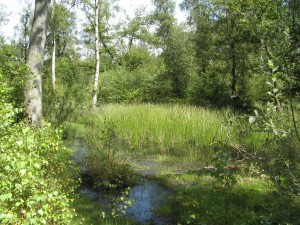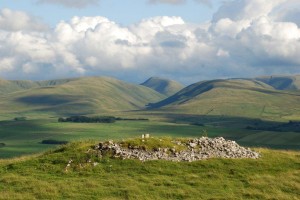Support us from £3/month
We deal with almost 1000 cases a year assisting communities, groups and individuals in protecting their local spaces and paths in all parts of England and Wales. Can you help us by joining as a member?
We are delighted that A Common Purpose, a guide to seeking agreement on England’s common land, has been published in a revised edition on the Foundation for Common Land’s website. This follows endorsement by the Department for Environment, Food and Rural Affairs’ National Common Land Stakeholder Group which consists of all the principal organisations with an interest in commons.
A Common Purpose provides guidance to common-land managers on how to engage the community and achieve consensus when works, such as fencing or tree-felling, are contemplated. It encourages land managers to take a step-by-step approach to understanding people’s views and to allow plenty of time for discussion and reflection.
There are 1,544 square miles (400,000 hectares) of common land in England, an area about the size of Suffolk. All commons have an owner. They date back to pre-medieval times and there is no other type of land in which so much public interest is concentrated—landscape, wildlife, archaeology and recreation.
The society was an initiator of the first edition of A Common Purpose which was published in 2005. Says Kate Ashbrook, our general secretary: ‘People value commons for many different reasons, for their history, their scruffy unkempt nature, their lack of disturbance through the ages, their lovely landscapes, rich wildlife and fascinating archaeology, and for their right to walk over all of them and to ride on many. Commons come in all shapes and sizes and are found throughout England and Wales—no one is ever far from a common.’
Times have changed and in the lowlands people no longer graze stock on commons as normal farming practice, while speeding traffic across commons makes it risky to graze livestock without fencing. Hence many heathland commons are becoming overgrown with scrub.
Continues Kate: ‘Anyone wanting to manage the land—and it may be for the best of intentions, such as improving the habitat for wildlife and public access—should respect the different views of stakeholders. Those stakeholders may have no legal interest in the land beyond a right of access, but they will certainly have strong emotional ties to it.
‘Plans for grazing, scrub-clearance and tree-felling can all meet opposition unless the community is involved in their making. Fencing is often controversial: it may be desirable to enable the common to be grazed, but it’s a physical and psychological barrier and can change the nature of the common.’
The principles advocated in A Common Purpose are relevant both on lowland commons with no active graziers and on upland commons where stakeholders both with and without legal interests have different management objectives and there are different drivers for their involvement. The document is commended by Defra and by the Planning Inspectorate which states in its Common Land Guidance Sheet 1a, Consent to Construct Works on Common Land: ‘You should follow the principles set out in the multi-agency document, A Common Purpose’ before applying for consent for works on common land.
Although A Common Purpose refers only to England, the principles apply equally to Wales.


